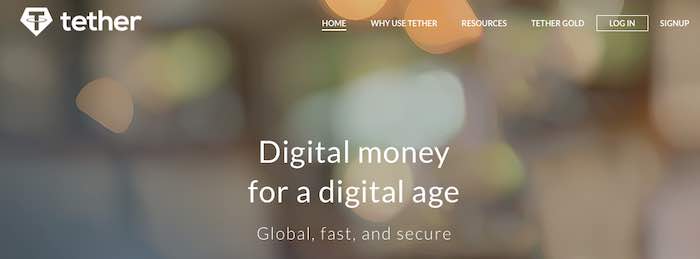
It is little wonder merchants are concerned. Sell a widget for a tiny percentage of a Bitcoin, exchange it for a handful of dollars, and tomorrow you could miss out on a fortune — or vice versa.
Stability is important. Consider this example. In May 2010, a programmer named Laszlo Hanyecz paid 10,000 Bitcoin for a pair of Papa John’s large pizzas. At the time, Hanyecz was getting a real deal. The 10,000 Bitcoin had a street value of about . The pair of pizzas were worth double that.
Stablecoin
Stablecoin and central bank digital currency may offer the benefits of buying and selling with cryptocurrencies without the worrisome price swings.
Stablecoin is a cryptocurrency. But unlike Bitcoin or Ethereum, stablecoin has a fixed exchange rate tied to an external reference, such as the U.S. dollar, the euro, or a commodity, say gold or silver.
Stablecoin has a fixed exchange rate tied to an external reference, such as the U.S. dollar or the euro. Tether, among the most popular stablecoins, is pegged to the dollar.

In the case of a stablecoin pegged to the U.S. dollar, the issuing company or organization would hopefully hold at least as many U.S. dollars as there are units of the stablecoin in circulation. If there was a run on the stablecoin, the issuer could therefore exchange them for dollars.
That regulation could remove some of the advantages of using a stablecoin for online transactions. But it could also build consumer confidence.
CBDC
But absent fluctuations in value, crypto payments are not feasible for most merchants.
Stablecoins are issued by private companies but work like governments, expanding or contracting the money supply to maintain fixed exchange rates.
If Tether or similar stablecoins are to be used in ecommerce, merchants and shoppers must feel comfortable holding it so that its value and the U.S. dollar are in lockstep.
In each case, the ledger or blockchain used to record and verify transactions is government-controlled, involving a central bank.
Thus a CBDC should be just as stable and safe as that government’s fiat currency, and a merchant or shopper could exchange a CBDC in confidence.
Stability
Several other nations are reportedly considering a retail CBDC. Again, these digital currencies could have the benefits of cryptocurrencies and the stability of, say, U.S. dollars.
China, Sweden, The Bahamas, Marshall Islands, and the Eastern Caribbean Currency Union have all released CBDCs for retail transactions.
Tether is arguably the most popular stablecoin in the world. In October 2021, it had a market capitalization of almost billion. And Tether is pegged to the U.S. dollar.
Assets
Critics have questioned Tether’s asset base. They argue that Tether’s holdings are not sufficient or visible enough to make it trustworthy.
Blockchain-driven transactions could benefit the ecommerce industry. Transaction fees should be low if they exist at all. Fraudsters would be flustered. Even consumers without bank accounts and credit cards could shop online.
Concerned about what would happen to a reference currency if a stablecoin failed, some governments, including the U.S., have started to consider regulating stablecoin.
Central bank digital currencies are a public sector alternative to stablecoins.
Tether has responded by opening up its books.
Ironically, the controversy around Tether might hasten its use in online transactions.
Fast forward to October 12, 2021, and 10,000 Bitcoin are worth more than 2 million. That is insane volatility.






